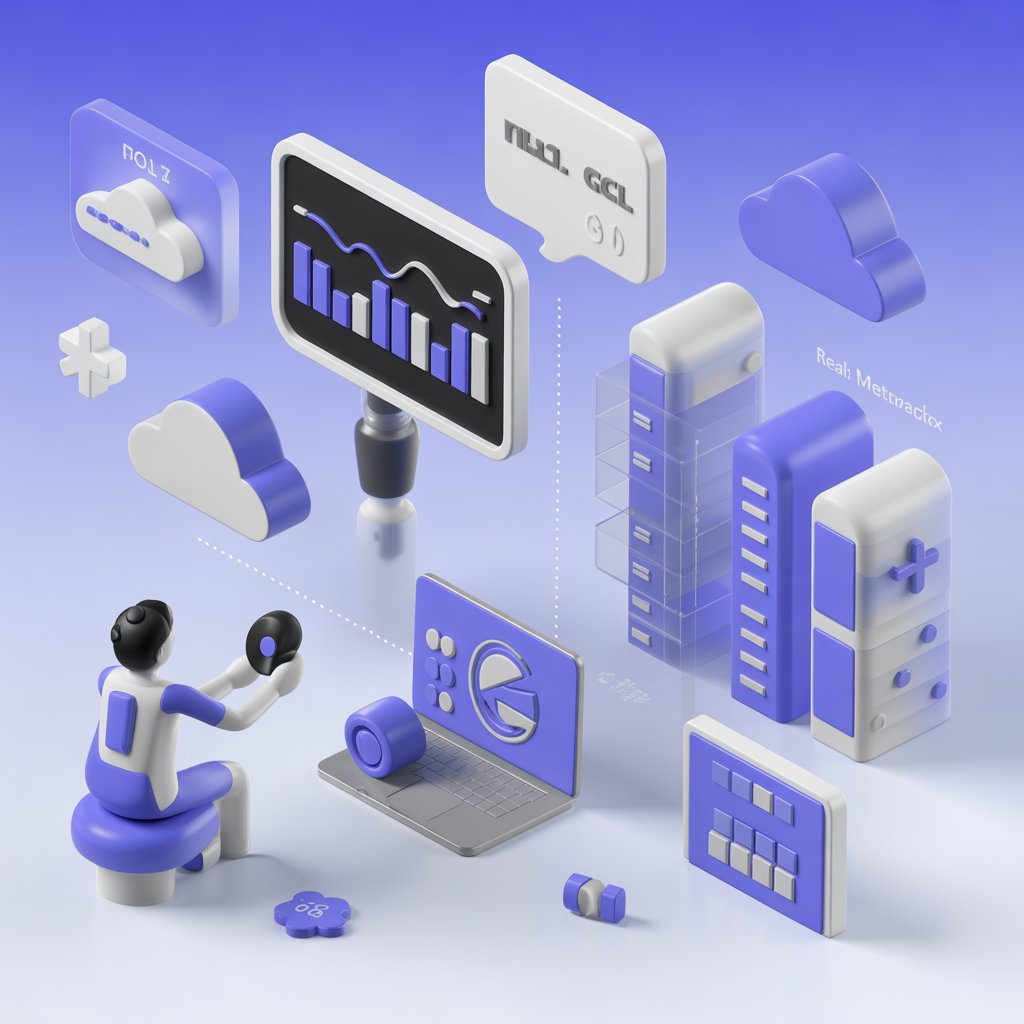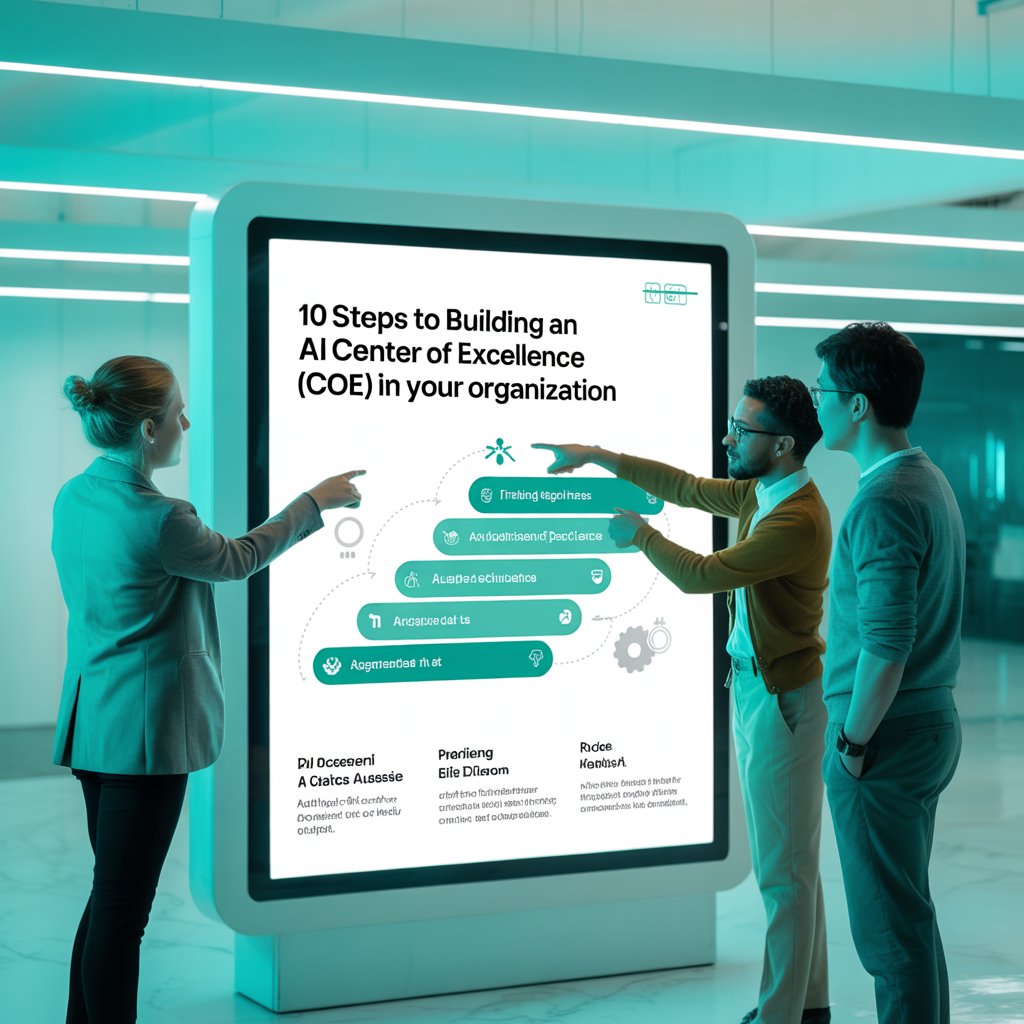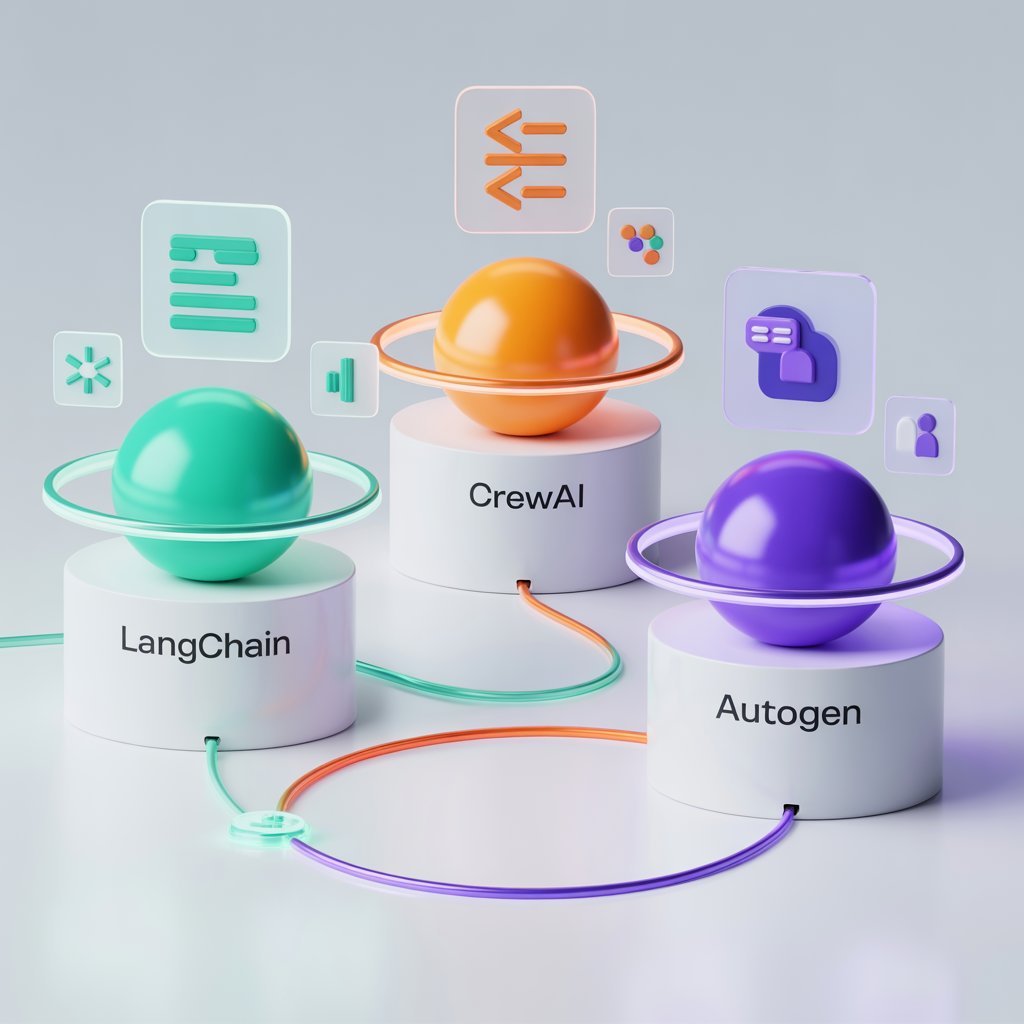Global Capability Centers (GCCs) have evolved from cost-saving back-office hubs into strategic innovation centers for enterprises. As GCCs embrace AI, one of the most impactful shifts is the adoption of agentic automation deploying AI agents that can reason, collaborate, and execute tasks autonomously. These agents go beyond traditional robotic process automation by handling unstructured inputs, coordinating with humans, and continuously improving performance. They represent a step-change in how global operations can scale without linear increases in headcount or cost.
Yet, executives often ask: What’s the real ROI of agentic automation? To answer this, we conducted a structured pilot program with one of our GCC clients, capturing tangible metrics around cost savings, efficiency, error reduction, compliance, and scalability. This blog presents a detailed account of that pilot showing how agentic automation transformed workflows, reduced costs, improved employee satisfaction, and unlocked new opportunities for global operations.
The Goal
The client, a global financial services company, wanted to test AI agents within their GCC operations to prove business value before a full-scale rollout. They chose three high-volume, high-impact processes that were creating bottlenecks for staff:
- Customer Support Ticket Triage – Sorting, categorizing, and routing thousands of daily requests across multiple regions and time zones.
- Regulatory Reporting – Automating complex data aggregation, validation, and formatting to meet strict compliance deadlines.
- Procurement Workflows – Managing repetitive vendor onboarding, document verification, and approval chains that consumed significant staff hours.
The hypothesis was ambitious: could autonomous AI agents not only automate repetitive steps but also collaborate with human staff to reduce turnaround time, improve accuracy, and absorb workload spikes without performance drops? The pilot was designed to test this hypothesis in real-world, high-pressure environments.
Pilot Approach
We applied WTA’s SPEED framework to structure the pilot, ensuring that outcomes were tied directly to measurable metrics and business goals:
- Strategy Alignment: Defined KPIs around cost savings, cycle-time reduction, accuracy improvements, and employee productivity.
- Platform & Data Foundation: Integrated AI agents with ticketing platforms, ERP systems, and compliance databases while setting up secure data pipelines.
- Experimentation: Ran agents in controlled environments in parallel with human teams to establish performance benchmarks.
- Enterprise Integration: Deployed agents into live workflows with human-in-the-loop validation to balance automation with oversight.
- Delivery & Scale: Captured before-and-after metrics, documented outcomes, and created a roadmap for scaling across other GCC functions.
Agents were evaluated on both hard outcomes (cost, speed, error reduction) and soft outcomes (employee trust, usability, ease of adoption, scalability readiness).
Results & Metrics
The GCC pilot delivered measurable outcomes within 12 weeks, exceeding expectations –
- Cost Savings: 35% reduction in operational costs across support, compliance, and procurement workflows.
- Cycle-Time Reduction: Average turnaround times dropped by 42%, enabling faster delivery of services to internal and external stakeholders.
- Error Reduction: 28% fewer compliance reporting errors due to automated validations and reduced human data handling.
- Employee Productivity: Staff reallocated 30% of their time from repetitive tasks to higher-value analysis, engagement, and planning.
- Scalability Proof: AI agents managed spikes of up to 2x daily ticket volume with zero additional staffing.
- User Satisfaction: Surveys showed a 20% increase in employee satisfaction thanks to reduced monotony and more meaningful work.
- Compliance Reliability: Reporting cycles were completed faster and with more consistency, reducing the risk of fines or regulatory scrutiny.
ROI Analysis
When extrapolated to annualized operations, the ROI was compelling:
- Payback Period: Less than 6 months delivering value faster than most automation initiatives.
- Annualized Savings: ~$5.2M across support, reporting, and procurement functions.
- Productivity Gain: Equivalent to freeing up 75 FTEs for strategic initiatives without reducing headcount.
- Compliance Confidence: Faster reporting cycles reduced regulatory risks, avoiding ~$1.1M annually in potential penalties.
- Innovation Capacity: By automating baseline processes, the GCC unlocked bandwidth to pilot new AI-driven services and innovation programs.
- Total ROI: A projected 4.5x return on investment in the first year.
Key Lessons from the Pilot
- Human-in-the-Loop is Essential: Oversight ensured accuracy, improved user trust, and allowed iterative refinement of agent workflows.
- Data Quality Determines ROI: Structured, validated data pipelines directly correlated with stronger automation performance.
- Change Management Drives Adoption: Transparent communication and structured training helped staff see AI as an ally, not a threat.
- Scalability Must Be Designed Early: Modular workflows and flexible APIs simplified expansion into new processes and regions.
- Governance Builds Confidence: Explainability, audit trails, and embedded compliance monitoring made both regulators and staff comfortable with AI-driven operations.
- Measure Holistically: ROI should factor in both hard savings and soft benefits such as improved morale, innovation capacity, and reduced burnout.
Future Outlook
Encouraged by the pilot’s results, the client is now scaling agentic automation across broader GCC functions, including HR operations, Know Your Customer (KYC) checks, and internal audit support. The long-term vision is to create a multi-agent ecosystem, where specialized agents collaborate seamlessly to manage increasingly complex workflows end-to-end.
Looking ahead, as these ecosystems mature, GCCs are expected to deliver not only cost efficiency but also predictive insights, proactive risk management, and enhanced innovation capacity. Integration with edge computing will enable faster on-site decision-making, while federated learning will allow enterprises to share anonymized predictive models across GCCs without compromising security. Ultimately, GCCs could evolve into centers of intelligence, driving global enterprise innovation through AI agents.
Conclusion
The GCC pilot demonstrated that agentic automation is not a futuristic promise but a present-day ROI driver. Tangible results cost savings, cycle-time reductions, fewer errors, productivity gains, and improved compliance validated the business case. By treating AI agents as collaborative partners rather than standalone tools, organizations can unlock efficiency gains in the short term while laying the foundation for long-term transformation.
Ready to calculate the ROI of agentic automation in your GCC? Explore how WTA can help you pilot, measure, and scale AI agents to deliver measurable business impact across your operations.



.svg)
.svg)
.svg)
.svg)
.svg)
.png)














.png)